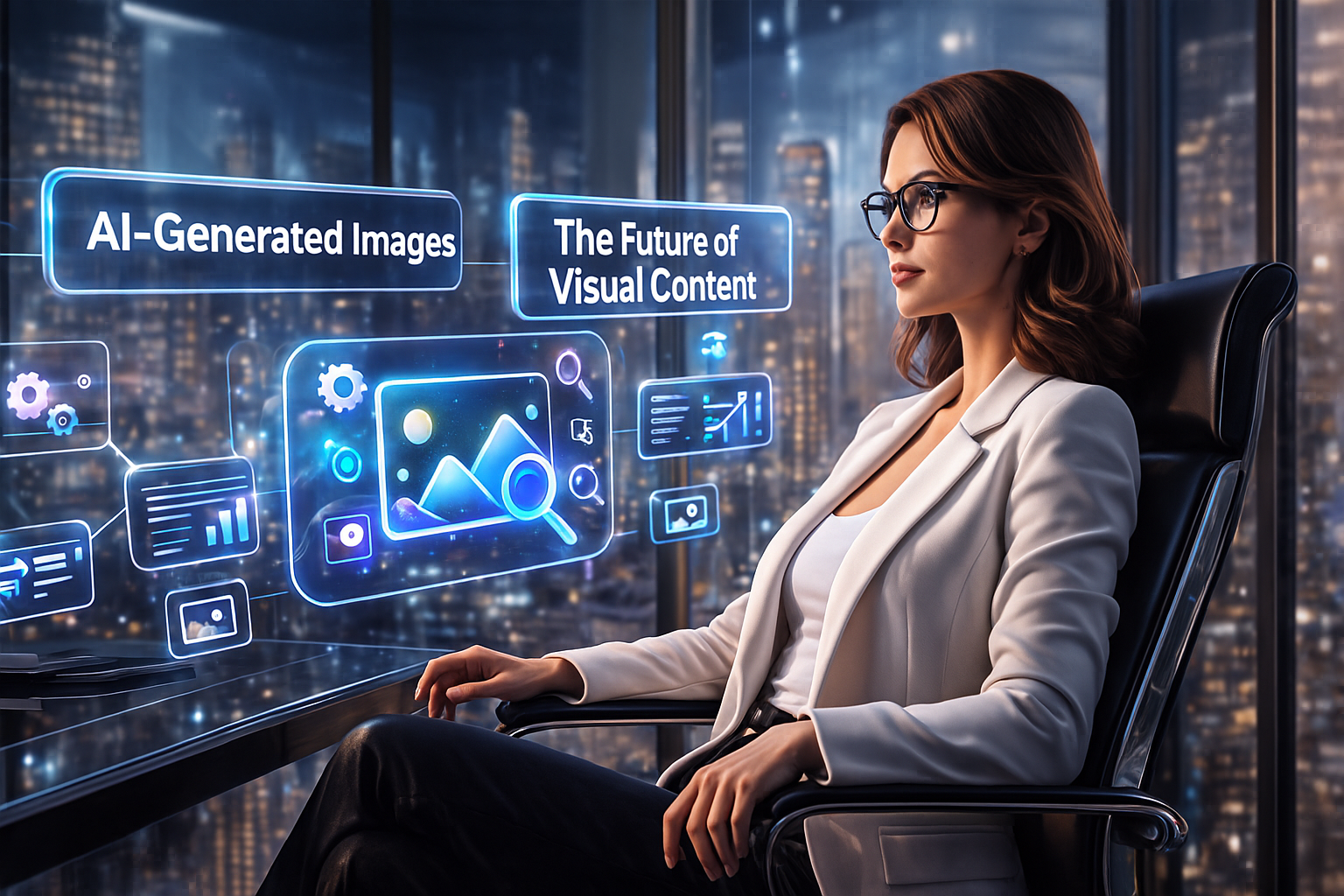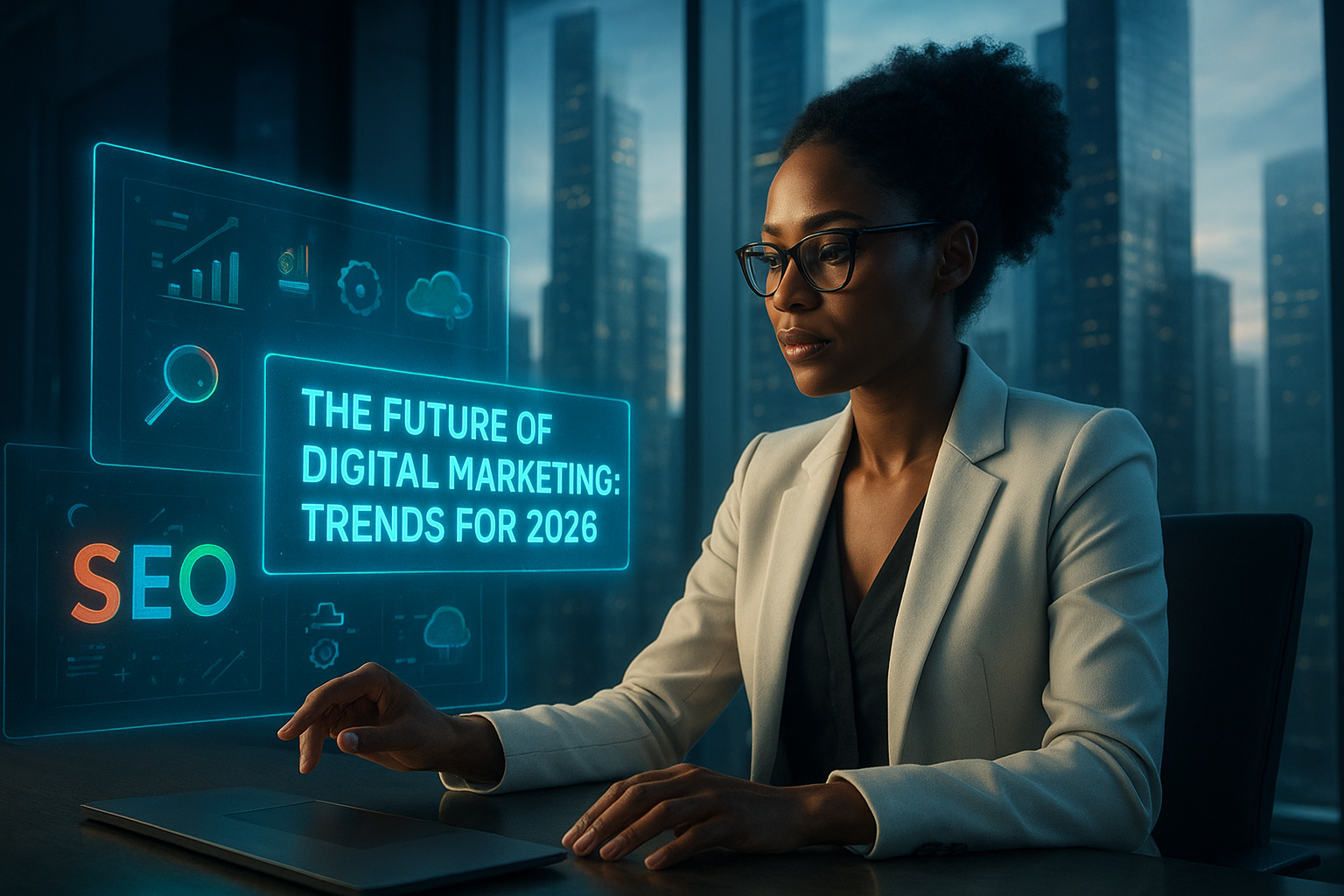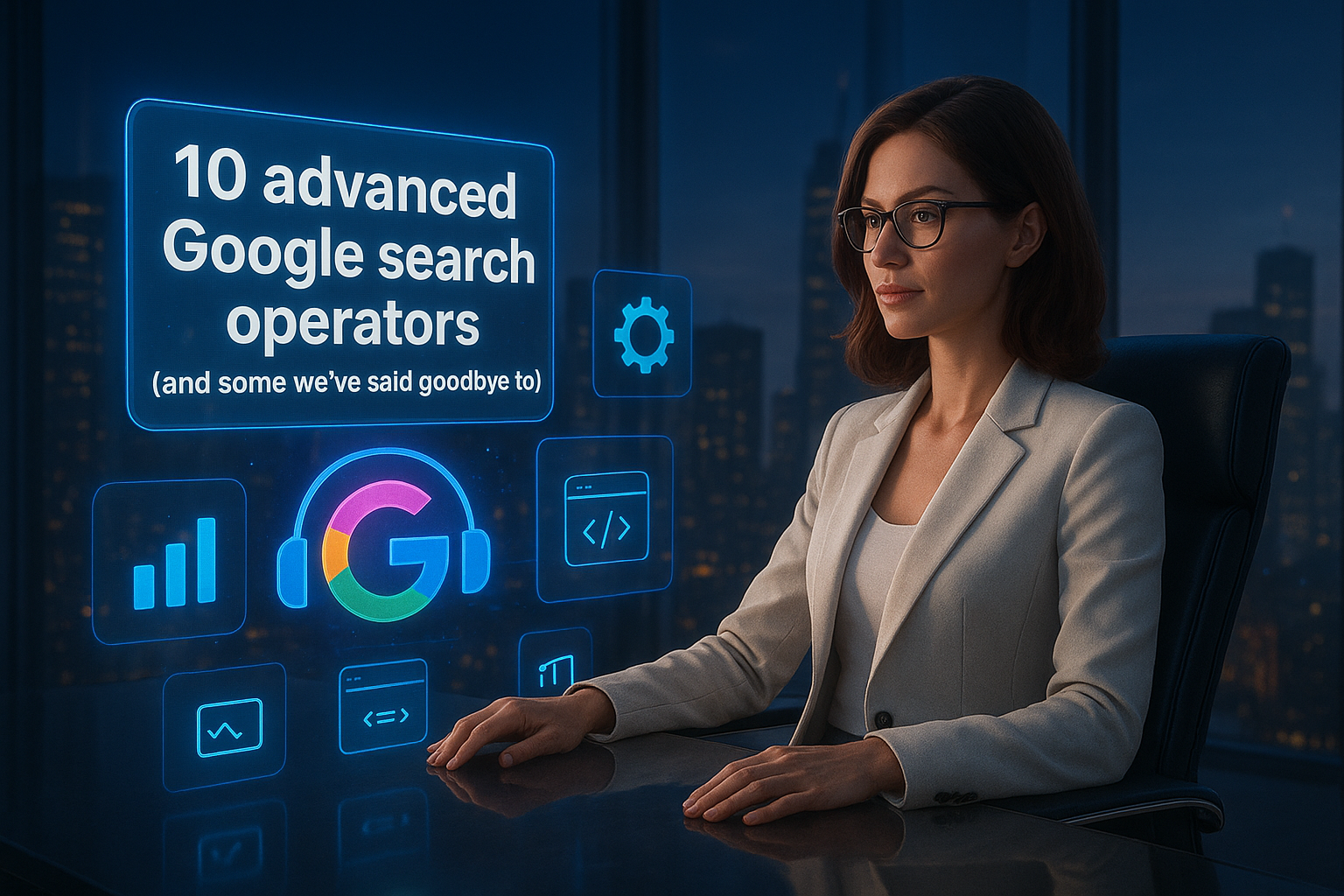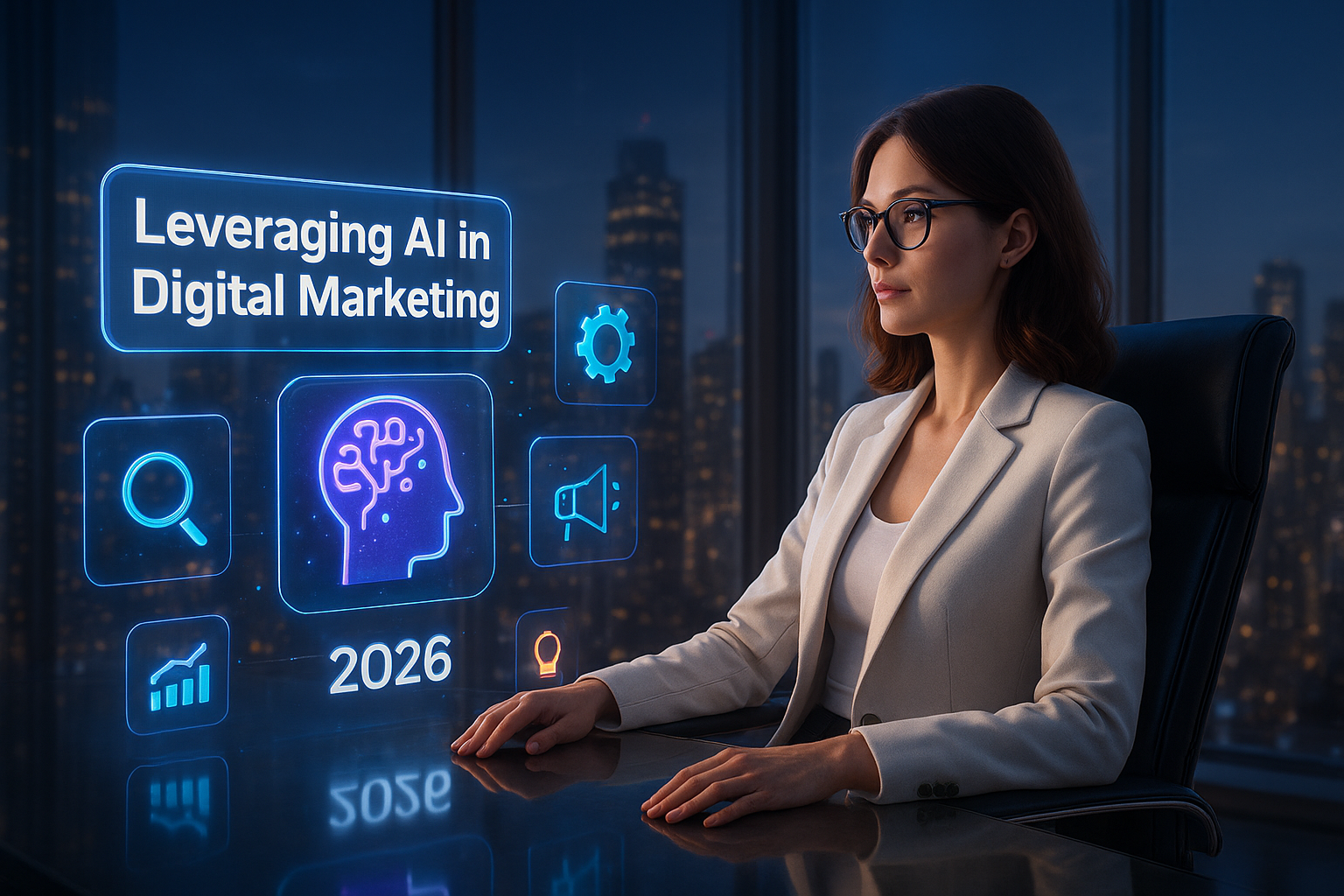In recent years, the emergence of AI-generated images has revolutionized the way we perceive and create visual content. This technology harnesses the power of artificial intelligence to produce images that can range from hyper-realistic portraits to abstract art. The ability of AI to generate images has opened up new avenues for artists, designers, and marketers, allowing them to explore creative possibilities that were previously unimaginable.
As we delve into this fascinating realm, it becomes clear that AI-generated images are not just a passing trend; they represent a significant shift in the landscape of visual content creation. The allure of AI-generated images lies in their versatility and accessibility. With just a few clicks, anyone can create stunning visuals that can be used for various purposes, from social media posts to advertising campaigns.
This democratization of image creation has empowered individuals and businesses alike, enabling them to produce high-quality visuals without the need for extensive artistic skills or resources. As we explore the intricacies of how AI generates these images, we will uncover the profound impact this technology has on the creative process and the ethical considerations that accompany its use.
Key Takeaways
- AI-generated images are created using advanced algorithms that analyze and replicate visual patterns.
- These images significantly transform visual content creation by enabling faster and more diverse outputs.
- Ethical concerns include copyright issues, misinformation, and the authenticity of AI-produced visuals.
- While AI-generated images offer efficiency and innovation, they also face limitations in creativity and contextual understanding.
- The future of AI-generated images spans multiple industries, enhancing creativity while requiring thoughtful integration.
How AI Generates Images
At the core of AI-generated images is a complex interplay of algorithms and neural networks. These systems are trained on vast datasets containing millions of images, allowing them to learn patterns, styles, and features inherent in visual content. One of the most prominent techniques used in this process is Generative Adversarial Networks (GANs).
In a GAN, two neural networks—the generator and the discriminator—work in tandem. The generator creates images, while the discriminator evaluates them against real images, providing feedback that helps the generator improve its output over time. This iterative process enables AI to produce images that can mimic various artistic styles or even create entirely new ones.
For instance, an AI model trained on classical paintings can generate new artworks that reflect the techniques and aesthetics of renowned artists. Additionally, advancements in deep learning have led to the development of models capable of understanding context and semantics, allowing for more coherent and contextually relevant image generation. As a result, AI-generated images can be tailored to specific themes or concepts, making them highly adaptable for different applications.
The Impact of AI-Generated Images on Visual Content Creation

The rise of AI-generated images has significantly transformed visual content creation across multiple industries.
In marketing and advertising, businesses are leveraging this technology to produce eye-catching visuals that resonate with their target audiences.
The ability to generate unique images quickly allows brands to stay relevant in an ever-evolving digital landscape.
Moreover, AI-generated visuals can be customized to align with specific campaigns or brand identities, enhancing their effectiveness in capturing consumer attention.
In the realm of art and design, AI has become a collaborative partner for artists. Many creators are now using AI tools to augment their creative processes, experimenting with new styles and techniques that push the boundaries of traditional art forms.
This fusion of human creativity and machine intelligence has led to innovative works that challenge conventional notions of authorship and originality. As artists embrace AI as a tool rather than a replacement, we witness a new era of creativity where technology and human expression coexist harmoniously.
Ethical Considerations of AI-Generated Images
While the potential of AI-generated images is vast, it also raises important ethical questions that must be addressed. One major concern is the issue of copyright and ownership. As AI systems generate images based on existing works, questions arise about who holds the rights to these creations.
If an AI produces an image inspired by a famous painting, does the original artist retain any claim over it? This ambiguity poses challenges for artists and creators who may feel their work is being appropriated without proper acknowledgment or compensation. Another ethical consideration revolves around the potential for misuse of AI-generated images.
The technology can be employed to create deepfakes or misleading visuals that can spread misinformation or harm individuals’ reputations. As AI-generated content becomes increasingly sophisticated, distinguishing between authentic and fabricated images may become more challenging for the public. This underscores the need for responsible use of AI technology and the establishment of guidelines to ensure ethical practices in image generation.
Advantages and Limitations of AI-Generated Images
| Metric | Description | Typical Range / Value | Notes |
|---|---|---|---|
| Model Type | Type of AI model used for image generation | GAN, VAE, Diffusion Models, Transformers | Diffusion models are currently state-of-the-art |
| Image Resolution | Output image size in pixels | 256×256 to 1024×1024+ | Higher resolution requires more computation |
| Inference Time | Time taken to generate one image | 1s to 30s | Depends on hardware and model complexity |
| Training Dataset Size | Number of images used to train the model | Thousands to billions | Larger datasets improve diversity and quality |
| Parameter Count | Number of trainable parameters in the model | Millions to billions | More parameters generally improve capability |
| Output Diversity | Variety of images generated from similar prompts | Low to High | Controlled by model design and sampling methods |
| Prompt Length | Typical length of text input to guide generation | 5 to 50 words | Longer prompts can provide more detail |
| Compute Requirements | Hardware needed for training or inference | GPUs (e.g., NVIDIA A100), TPUs | High-end GPUs reduce generation time |
| Common Use Cases | Applications of AI-generated images | Art, Design, Advertising, Gaming, Prototyping | Rapid content creation and ideation |
AI-generated images offer numerous advantages that make them appealing for various applications. One significant benefit is their ability to produce high-quality visuals at an unprecedented speed. This efficiency allows businesses to meet tight deadlines and adapt their marketing strategies quickly in response to changing trends.
Additionally, AI-generated images can be easily modified or customized, providing flexibility in design without requiring extensive resources. However, there are limitations to consider as well. While AI can generate impressive visuals, it may lack the emotional depth and nuance that human artists bring to their work.
The creative process often involves intuition, personal experiences, and cultural context—elements that are challenging for machines to replicate fully. Furthermore, reliance on AI-generated images may lead to a homogenization of visual content, as many users may gravitate toward similar styles or themes produced by these systems.
The Future of AI-Generated Images in Various Industries

Looking ahead, the future of AI-generated images appears promising across multiple industries. In entertainment, filmmakers and game developers are already exploring ways to integrate AI-generated visuals into their projects. From creating realistic backgrounds to generating lifelike characters, this technology has the potential to enhance storytelling experiences and reduce production costs significantly.
In fashion and product design, AI-generated images can facilitate rapid prototyping and visualization of concepts before they are brought to life. Designers can experiment with various styles and materials without the need for physical samples, streamlining the design process and fostering innovation. As industries continue to embrace AI-generated imagery, we can expect to see even more creative applications that challenge our perceptions of art and design.
The Role of Creativity in AI-Generated Images
Despite the technological advancements in AI-generated images, creativity remains a fundamental aspect of the process. While machines can produce visually appealing content based on learned patterns, human input is essential in guiding these systems toward meaningful outcomes. Artists and designers play a crucial role in curating datasets, defining parameters, and providing context for the AI’s creative endeavors.
Moreover, collaboration between humans and machines can lead to unexpected results that inspire new artistic directions. By embracing AI as a partner in creativity rather than a competitor, artists can explore uncharted territories and push their creative boundaries further than ever before. This synergy between human intuition and machine learning fosters an environment where innovation thrives.
Embracing the Potential of AI-Generated Images
In conclusion, AI-generated images represent a transformative force in visual content creation that holds immense potential for various industries. As we navigate this evolving landscape, it is essential to recognize both the advantages and ethical considerations associated with this technology. By fostering responsible practices and encouraging collaboration between humans and machines, we can harness the power of AI-generated imagery to enhance creativity and innovation.
As we move forward into an era where artificial intelligence plays an increasingly prominent role in our lives, embracing its potential while remaining mindful of its implications will be crucial. The future of visual content creation is bright, with endless possibilities waiting to be explored through the lens of AI-generated images. By combining human creativity with machine intelligence, we can unlock new dimensions of artistic expression that enrich our cultural landscape for generations to come.
In the ever-evolving landscape of digital marketing, leveraging AI to generate images can significantly enhance your content strategy. For those looking to refine their approach, a related article on creating a winning content marketing strategy can provide valuable insights. You can read more about it in this article: How to Create a Winning Content Marketing Strategy for Your Business. This resource offers practical tips that can help you integrate AI-generated visuals into your marketing efforts effectively.
FAQs
What is AI image generation?
AI image generation refers to the process of creating images using artificial intelligence algorithms, often through techniques like generative adversarial networks (GANs) or diffusion models.
How does AI generate images?
AI generates images by learning patterns from large datasets of existing images and then creating new images that mimic those patterns. Models like GANs consist of a generator and a discriminator that work together to produce realistic images.
What are common applications of AI-generated images?
AI-generated images are used in various fields including art creation, advertising, video game design, virtual reality, fashion, and even medical imaging.
Are AI-generated images copyright protected?
Copyright laws regarding AI-generated images vary by jurisdiction. In many cases, images created solely by AI without human authorship may not qualify for copyright protection, but this is an evolving legal area.
Can AI generate images from text descriptions?
Yes, many AI models can generate images based on text prompts. These models interpret the description and create corresponding visuals, enabling users to create images without needing artistic skills.
What are some popular AI tools for image generation?
Popular AI image generation tools include DALL·E, Midjourney, Stable Diffusion, and Artbreeder, among others.
Is AI image generation ethical?
Ethical considerations include concerns about deepfakes, misinformation, and the potential impact on artists’ livelihoods. Responsible use and clear disclosure are important to address these issues.
Do AI-generated images require large amounts of data?
Yes, training AI models for image generation typically requires large datasets of images to learn from, which helps improve the quality and diversity of generated images.
Can AI-generated images be customized?
Many AI image generation tools allow users to customize outputs by adjusting parameters, providing specific prompts, or using style transfer techniques to influence the final image.
What are the limitations of AI image generation?
Limitations include occasional generation of unrealistic or distorted images, biases inherited from training data, and challenges in creating highly detailed or contextually accurate visuals.




